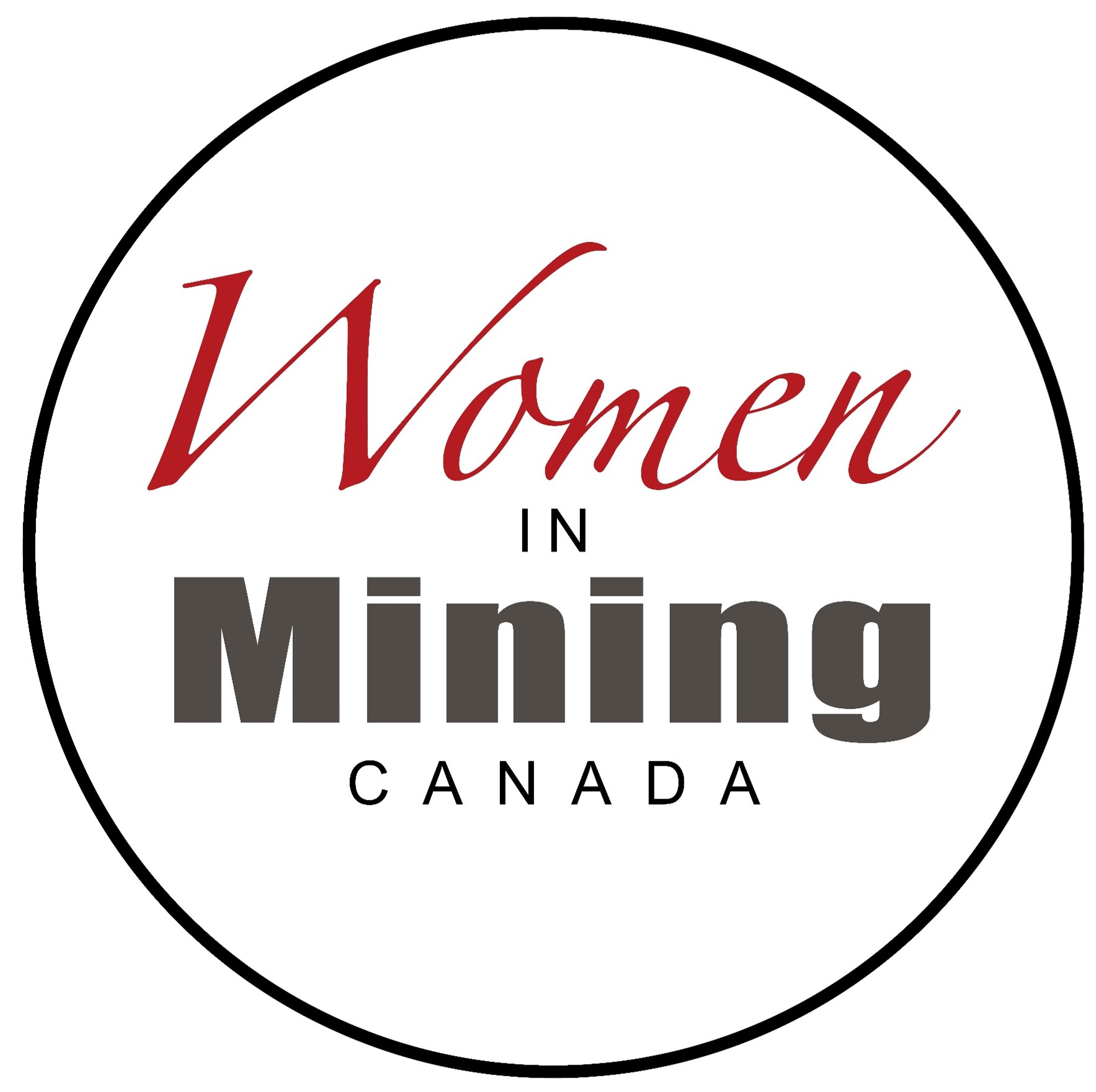Embedding Gender Inclusion into Business Practices
Embedding Gender Inclusion into business Practices
Sustainable business benefits can be achieved when gender-inclusive practices are consistently integrated into the full range of day-to-day business activities. Working towards integrating gender inclusion as a part of the way you do business will help sustain the initiative through market fluctuations, leadership changes and other obstacles.
Actions1
Procurement
- Encourage suppliers and potential suppliers to support your efforts toward gender inclusion.
- Highlight the company’s and the mining industry’s commitment to gender inclusion within your procurement processes and materials such as in tender notices, in supplier agreements and on related pages on your website.
- Regularly review relationships with key suppliers for “fit” with your gender strategy.
- Ensure that contracts for building facilities, equipment and supplies explicitly consider needs of women and men.
- Conduct outreach efforts to local firms that are women-led. Offer information sessions on the procurement process and how to submit effective bids. Provide constructive feedback to women entrepreneurs whose bids are not successful.
Staffing
Make particular efforts to reach out to young women:
- Host information sessions for potential applicants and their families.Ensure that women who attend are made to feel welcome.
- Partner with secondary and postsecondary educational institutions on programs to promote mining as a career, offer co-op placements, mentoring and scholarships to female mining students in your region.
If working with recruitment and search firms, engage them as partners in gender inclusion:
- Request information on their commitment to and expertise in gender inclusion, such as a gender diversity policy in relation to staff and clients, processes in place to remove bias, metrics in terms of percentage of women in long- and short-lists and appointments for clients (divided by role).
- Require that short lists of recommended candidates include qualified women.
Review staffing practices to identify and reduce unintended systemic barriers:
- Check that job qualifications are defined in an inclusive way, with descriptions and adjectives that are equally applicable to women and men; experience requirements that allow for transferable skills from a variety of previous career paths; a balanced and realistic split of mandatory vs. desired qualifications.
- Provide bias-aware training and tools to hiring managers and interviewers. Ensure that interview panels are diverse and include women when possible.
Relations with external stakeholders
Initiate a dialogue with unions about your gender inclusion initiative.
- Jointly review opportunities for more inclusive recruitment policies, staffing practices, training assignments and work schedules.
- Look into any union-led programs or campaigns in which you could support your employees, such as mentoring for women.
Use your membership in professional organizations and industry associations to advocate for change across the industry.
- Take a critical look at industry events to assess how inclusive they are of women.
- Put forward the names of qualified women who can speak at industry events.
- Encourage associations to adopt gender inclusion policy statements and to offer professional development or mentoring programs for women.
Public relations and communications
Communicate often. To show that gender inclusion is part of how you do business, put this information in regular communications and channels.
- In any public speaking or media interviews, be explicit about how your work site, company or association is making efforts to be inclusive of women in the industry. Link these efforts to the business case.
- Encourage any media contacts to increase the visibility of women in the industry, as spokespersons or technical experts.
Promoting accountability
Integrate a commitment to gender inclusion into processes for tracking business results.
- Identify relevant metrics for gender inclusion, set annual objectives and review progress regularly along with other business indicators.
- Include gender inclusion achievements in managers’ performance reviews and discussions.
Policies, processes or procedures
Review written policies throughout the business to identify and remove unintended systemic barriers.
- Consider particularly human resource policies, facilities, safety, training practices and work methods.
Additional resources
Name
About
Mining Industry Human Resources Council (MiHR) – Gender Equity in Mining (GEM) Works eLearning Suite http://www.mihr.ca
The Gender Equity in Mining (GEM) Works – Learn to Make a Difference e-learning program and GEM Works Toolbox supports change agents in reviewing policies and practices to identify and remove unintended barriers. In particular, see:
- GEM Works Toolbox
- E-learning Module 2: Exploring Common Systemic Barriers
Mining Industry Human Resources Council (2016) Strengthening Mining’s Talent Alloy: Exploring Gender Inclusion
http://www.mihr.ca
Recent research on how workplace culture impacts men and women in mining, and the gendered aspects of career paths in the industry.
1 Workplace Gender Equality Agency (2014). Gender strategy toolkit: A direction for achieving gender equality in your organisation. Australian Government; Meredith Hellicar (2013). Increasing the Number of Women in Senior Executive Positions: Improving Recruitment, Selection and Retention Practices. Business Council of Australia.
